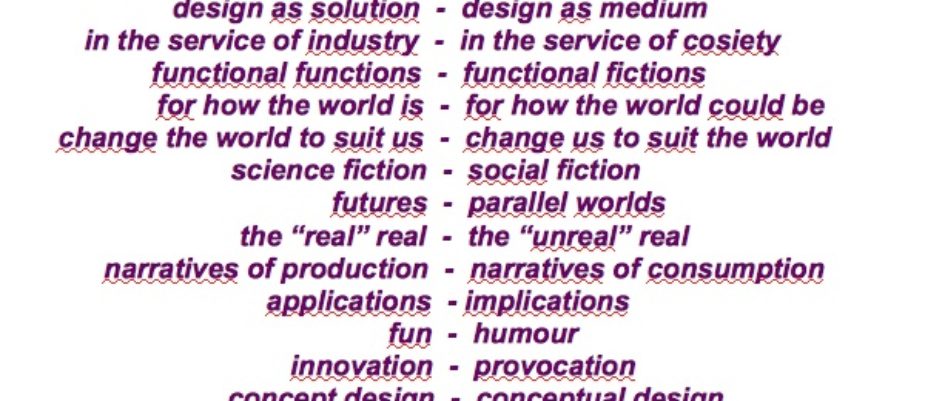
Among the thousand events of the Milano Design Week, one could not be missed: Paola Antonelli’s lecture “Design e Musei del Futuro” organized by Meet The Media Guru at Palazzo Reale (if you missed it, you can find the uncut video online): a design-based vision of progress, that goes beyond that banal product design, more or less cutting-edge, dominating the “common sense of design” and the events based on it..
It’s hard to sum up that hour rich in stimuli given to the public by Paola Antonelli, Senior Curator of Architecture and Design department and R & D director of MoMA, New York.
She talked about the evolution of design in the age of sharing and widespread creativity (well summarized with the @ symbol, standing for connection from the Middle Ages until today), the Open Source as new frontier of design basically changing the system of the intellectual property right.
She told case stories of a design, which is not science fiction, but plausible and able to put the technological breakthroughs into objects we can use every day, a design that combines high technology and crafts to create organic structures useful for the progress and the future of the earth.
A critical design, that leads us to reconsider our prejudices and that can change us deeply, yet connected to our age-old aesthetic and poetic sense.
A design, that leads us to think also to the possible extension of our physical potential. For example, a team of artists, hackers and programmers has designed a technology based on a writing code through the pupil, that enabled a paralyzed artist to carry out his graffiti at a distance by means of laser glasses (available on line at 60$).
Paola Antonelli shows many concrete examples: an object in bamboo, by the Afghan designer Massoud Hassam, moving in the wind like a dandelion, to blast the minefield at a low cost; a prayer rug in OLED lighting up when turned to the Mecca; the organic structures by Neri Oxman carried out by silkworms; the menstruation machine, so that men, too, can feel this sensation; cannons firing non-violent weapons like freezing foam; the 3D printing technology, to make chairs from old refrigerators or desert sand and sun to create pots. The paradigms of the evolution of new design are summarized very well in the table made by the London-based designers Dunne & Raby and projected during the lecture.
Obviously design must expand as the world does and cannot be confined to the design of possessions.
Evolution follows this direction and it doesn’t matter if we’ll have to burn a few chairs and useless things, as Alessandro Mendini had already guessed in his far-seeing 1974 performance, that Antonelli and all of us find so fascinating.
Interactive editorial by Renata Sias, editor WOW! Webmagazine.
In the picture the table made by Dunne & Raby.
















